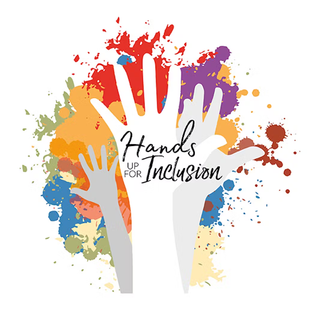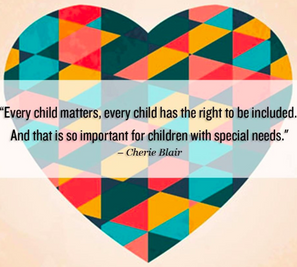Inclusion
April 2024
newsletter
WSR Inclusion Department
About Inclusion
HOI: Abir Sadek

What is INCLUSION?
The word Inclusion means, the action or state of being included within a group or structure.
In a school setting, this word means that students, no matter what level they are compared to their peers, no matter if they have a disability, no matter if they have an English Language Learner, etc., that they are in the same classroom setting as other learners their age, and they are being exposed to the same curriculum and the same standards as their peers. Inclusion in the classroom means that the students receive the supports they need to be successful. It means that the students are given work that is at their level and adopted or modified if needed.
Inclusion is students feeling like they belong with the rest of the students in their classroom and feeling accepted. It means that no student is sent outside of their classroom because of his or her ability. Inclusion means that all students are set up to succeed.
Inclusion is not sending students to different places for the entire school day because they are too low, or they don't speak the same language, or because they would fit better somewhere else.
Although students may need to see a specialist to work on a skill through intervention and leave the classroom for brief period/s throughout the school day to do this, they go back to their general classroom to learn with their peers for the rest of the school day, where they receive help if needed and complete work that is at their level.


Why do we champion inclusion?
It's imperative that we all advocate for inclusion. Advocating for equal learning opportunities for every student, ensuring materials are tailored to individual levels, and providing necessary classroom support are essential. We advocate not solely for these reasons, but primarily for acceptance. Every student deserves acceptance from their peers and a sense of belonging within their group. This fosters self-confidence, peer connections, and overall student development. Remember, inclusion isn't just a service, placement, or program—it's a mindset.
Benefits of
inclusion.
- Students will remain with their peers in their grade level classroom, only leaving for interventions to get the required support.
- Tasks will be modified or adapted to meet the needs of each student.
- Students will feel welcomed and apart of the classroom.
- All learning will be celebrated.
- Students will receive the supports or guidance they need to be successful


Spotlight on.. Attention Deficit Hyperactivity Disorder(ADHD)




